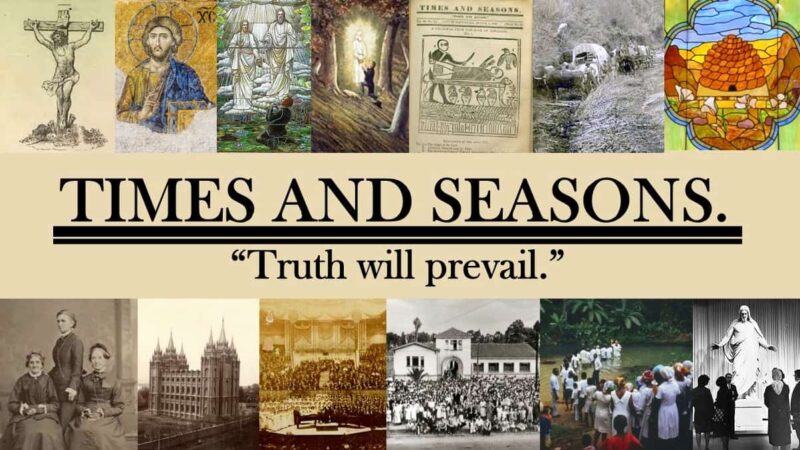Category: Features
-
An Interview with Jared Ludlow
Jared Ludlow has been at BYU-Hawaii since 2000 and is an assistant professor in the History and Religion Departments. He earned his PhD in a joint program in Near Eastern Religions from the University of California-Berkeley and the Graduate Theological Union. He is the author of Abraham Meets Death: Narrative Humor in the Testament of…
-
Book Review: Stand As a Witness: The Biography of Ardeth Greene Kapp
We begin with a quiz: How many book-length biographies of LDS women can you name? . . .
-
Book Review: The Salt Lake City 14th Ward Album Quilt
In the 1990s, Carol Nielson inherited a quilt. Or, to be more precise, half a quilt. . .
-
Book Review: Under the Banner of Heaven: A Story of Violent Faith
I have a friend –I know her through the homeschooling community–with an interest in the Church. She told me that one of the books that she read about the church was Under the Banner of Heaven: A Story of Violent Faith. Now, she’s not stupid–she didn’t expect it to be unbiased–but she did want to…
-
JMS Sunday School Lesson #7
I plan on focusing my lesson on this question: Was Abraham really a historical person or would we do better to understand him as a metaphor for the human condition?
-
Hermeneutics
That’s a 25 cent word if there ever was one, something for college kids to show Mom and Dad to prove they got something for their money, something a grad student to lord it over others with in the commons.
-
An Interview with Todd Compton
Independent scholar Todd Compton is the author of the much acclaimed volume In Sacred Loneliness: The Plural Wives of Joseph Smith (hereafter, ISL) and three forthcoming books: Victim of The Muses: Poet as Scapegoat, Warrior and Hero in Greco-Roman and Indo-European Myth and History (Harvard University Press), Fire and the Sword: A History Of The…
-
JEF Sunday School Lesson #1
Moses 1 For a variety of reasons, including having been heavily involved in BYU’s London Study Abroad program, I’ve been without the time to generate study questions for the Sunday School Lessons.
-
JEF Sunday School Lesson #1 (Background)
Some Reasons Why Reading the Old Testament Can Be Difficult
-
JMS Sunday School Lesson #1
[I plan on posting the notes for my Gospel Doctrine lessons this year; I’ll put my initials in the title so that there won’t be any confusion in the sidebar or archives with my lessons and Jim’s.]
